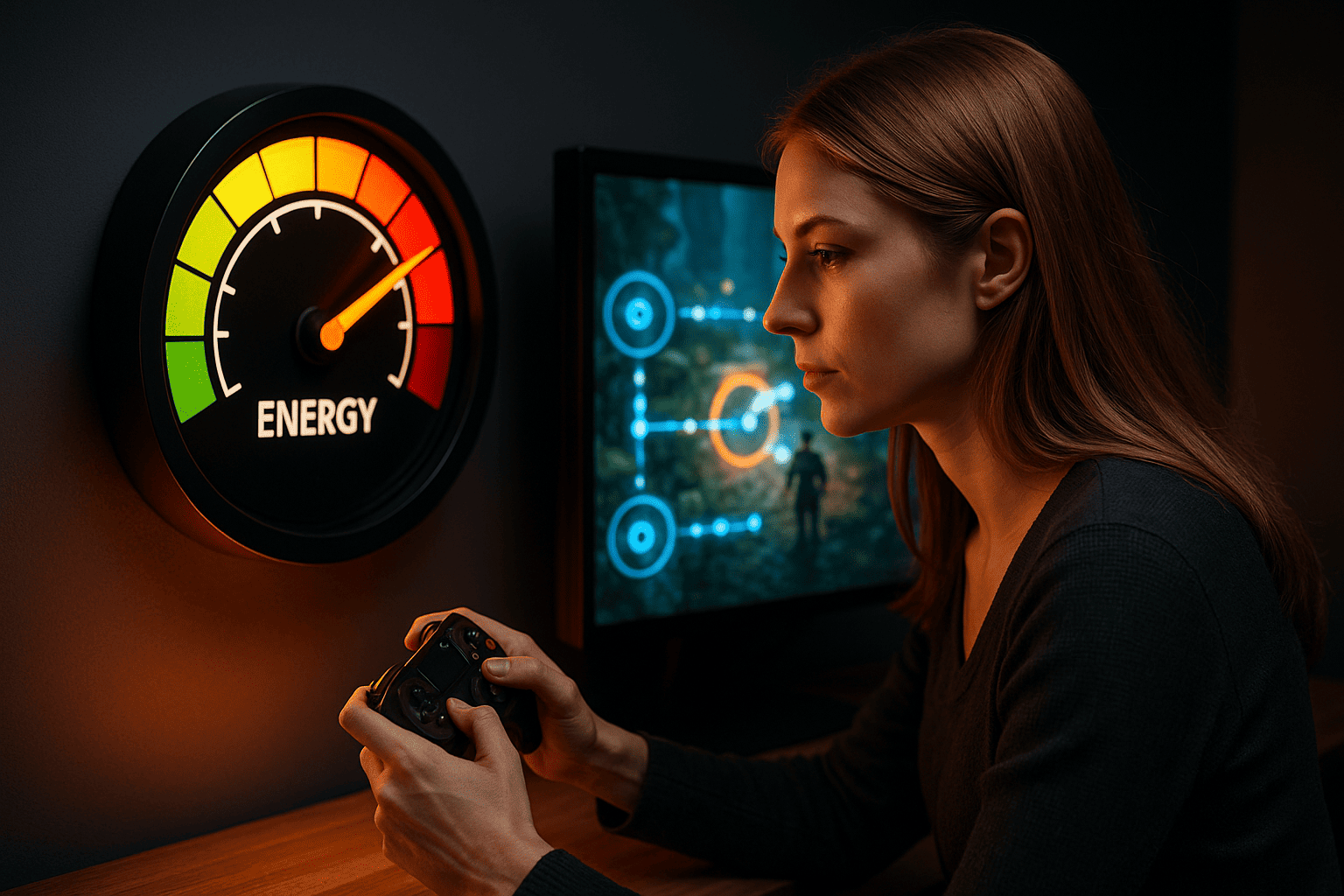Unraveling the Mysteries of Behavioral Loops
Have you ever found yourself stuck in a cycle of behavior, repeating the same actions over and over without making any significant progress? You’re not alone. This phenomenon, known as a behavioral loop, is a psychological pattern where our actions are influenced by feedback, whether it’s in our personal lives, energy use, or even gaming. In this article, we’ll delve into the fascinating world of behavioral loops and feedback, exploring the parallels between these concepts in energy use and gaming.
The Psychology of Behavioral Loops
A behavioral loop is a self-reinforcing cycle of behavior that is maintained by feedback. This feedback can be positive, such as receiving rewards or praise, or negative, like experiencing punishment or disappointment. According to research, our brains are wired to respond to feedback, which is why we often find ourselves stuck in these loops. For instance, a study published in a renowned scientific journal found that people who receive immediate feedback on their actions are more likely to repeat those actions, even if they’re not necessarily good for them.
Energy Use: A Behavioral Loop Example
One striking example of a behavioral loop can be seen in energy use. When we turn on a light switch, we receive immediate feedback in the form of light. This feedback reinforces our behavior, making it more likely that we’ll turn on the light again in the future. However, this loop can be problematic, leading to excessive energy consumption and waste. To break this loop, we need to introduce new feedback mechanisms, such as smart meters that provide real-time energy usage data.
Gaming: The Feedback Loop
The gaming industry is no stranger to behavioral loops. Games often use feedback mechanisms, such as points, levels, and rewards, to keep players engaged. This feedback creates a loop of behavior, where players continue to play to receive more feedback. While this can be an effective way to keep players entertained, it can also lead to addiction and excessive gaming. A study on gamer behavior found that players who receive frequent rewards are more likely to experience addiction, highlighting the need for healthier feedback mechanisms.
The Parallels Between Energy Use and Gaming
So, what can we learn from the parallels between energy use and gaming? Here are some key takeaways:
- Feedback is a powerful driver of behavior
- Immediate feedback reinforces behavior, whether it’s turning on a light or playing a game
- New feedback mechanisms can help break unwanted behavioral loops
- Healthier feedback mechanisms, such as rewards that promote positive behavior, can lead to better outcomes
Breaking the Loop: Strategies for Change
So, how can we break the behavioral loop and create positive change? Here are some strategies:
| Introduce new feedback mechanisms | Provide real-time data and feedback on behavior |
| Use rewards that promote positive behavior | Design feedback mechanisms that encourage healthy behavior |
| Make feedback immediate and relevant | Use social norms and peer feedback to influence behavior |
Conclusion
In conclusion, behavioral loops and feedback are powerful psychological forces that shape our behavior in various aspects of life, from energy use to gaming. By understanding these concepts and introducing new feedback mechanisms, we can create positive change and break unwanted behavioral loops. As respected publications have shown, the key to success lies in finding innovative solutions that promote healthier behavior and outcomes.
Frequently Asked Questions
Q: What is a behavioral loop, and how does it work?
A: A behavioral loop is a self-reinforcing cycle of behavior that is maintained by feedback. This feedback can be positive or negative, and it reinforces our behavior, making it more likely that we’ll repeat those actions in the future.
Q: How can we break a behavioral loop?
A: We can break a behavioral loop by introducing new feedback mechanisms that promote healthier behavior. This can include providing real-time data and feedback, using rewards that promote positive behavior, and designing feedback mechanisms that encourage healthy behavior.
Q: What are the parallels between energy use and gaming?
A: The parallels between energy use and gaming lie in the use of feedback mechanisms to influence behavior. In both cases, immediate feedback reinforces behavior, and new feedback mechanisms can help break unwanted behavioral loops.
